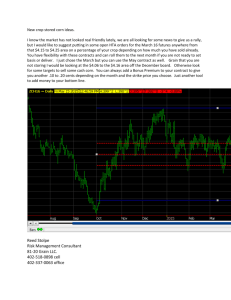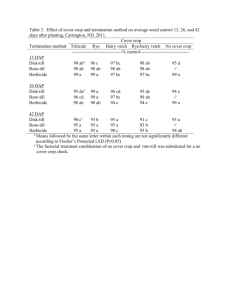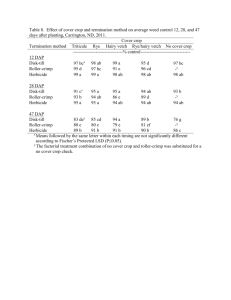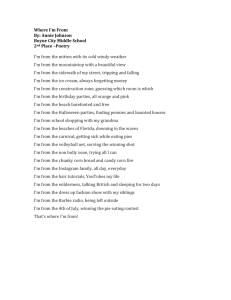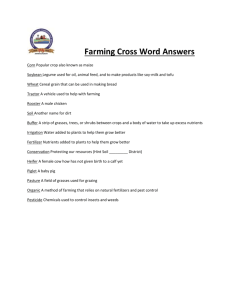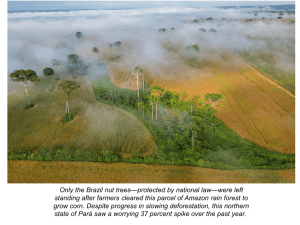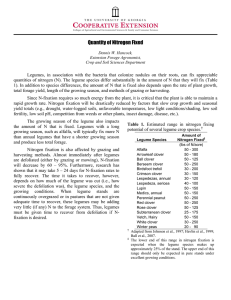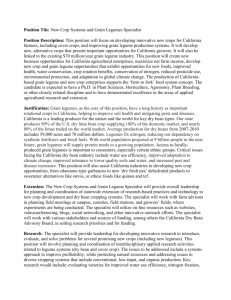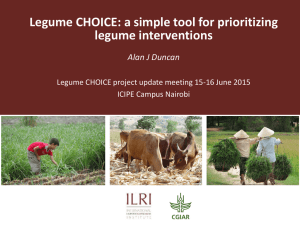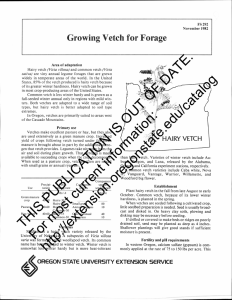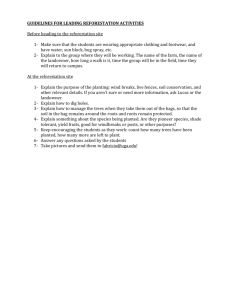D-3 Farming Nitrogen
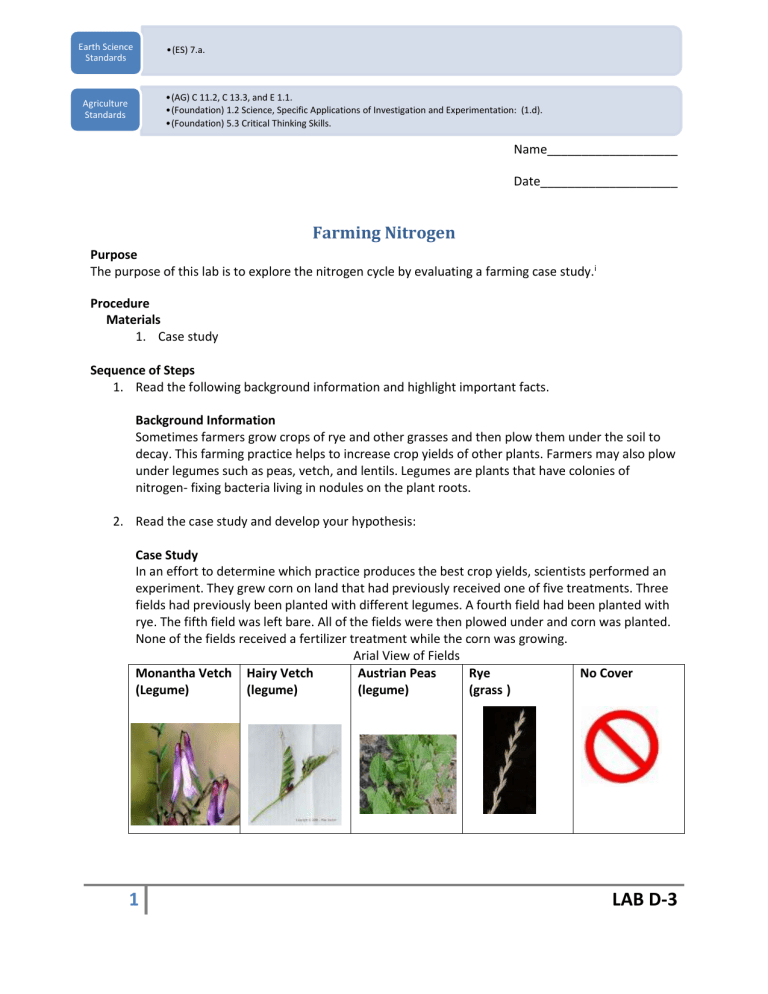
Earth Science
Standards
•(ES) 7.a.
Agriculture
Standards
•(AG) C 11.2, C 13.3, and E 1.1.
•(Foundation) 1.2 Science, Specific Applications of Investigation and Experimentation: (1.d).
•(Foundation) 5.3 Critical Thinking Skills.
Name___________________
Date____________________
Farming Nitrogen
Purpose
The purpose of this lab is to explore the nitrogen cycle by evaluating a farming case study.
i
Procedure
Materials
1.
Case study
Sequence of Steps
1.
Read the following background information and highlight important facts.
Background Information
Sometimes farmers grow crops of rye and other grasses and then plow them under the soil to decay. This farming practice helps to increase crop yields of other plants. Farmers may also plow under legumes such as peas, vetch, and lentils. Legumes are plants that have colonies of nitrogen- fixing bacteria living in nodules on the plant roots.
2.
Read the case study and develop your hypothesis:
Case Study
In an effort to determine which practice produces the best crop yields, scientists performed an experiment. They grew corn on land that had previously received one of five treatments. Three fields had previously been planted with different legumes. A fourth field had been planted with rye. The fifth field was left bare. All of the fields were then plowed under and corn was planted.
None of the fields received a fertilizer treatment while the corn was growing.
Arial View of Fields
Monantha Vetch
(Legume)
Hairy Vetch
(legume)
Austrian Peas
(legume)
Rye
(grass )
No Cover
1 LAB D-3
Hypothesis: Which treatment group will help the main crop grow?
Results: Below is a table with the results from the experiment. Evaluate the table and answer the
questions below.
Corn Production
Previous Crop Average Yield of Corn (kg/ha)
Monantha Vetch (legume)
Hairy Vetch (legume)
Austrian Peas (legume)
Rye (grass)
None
2876
2870
3159
1922
1959
1.
Compare the effect of growing legumes to that of growing grass on the yield of corn. How do those yields differ from the yield on the field that had received no prior treatment?
2.
Which treatment produced the best yield of corn? The worst yield of corn?
3.
Based on your knowledge of the nitrogen cycle, how can you explain these results? i
Knapp, Beth (2008).Farming Nitrogen, Lab.
Atwater High School Ag Dept .
2 LAB D-3
